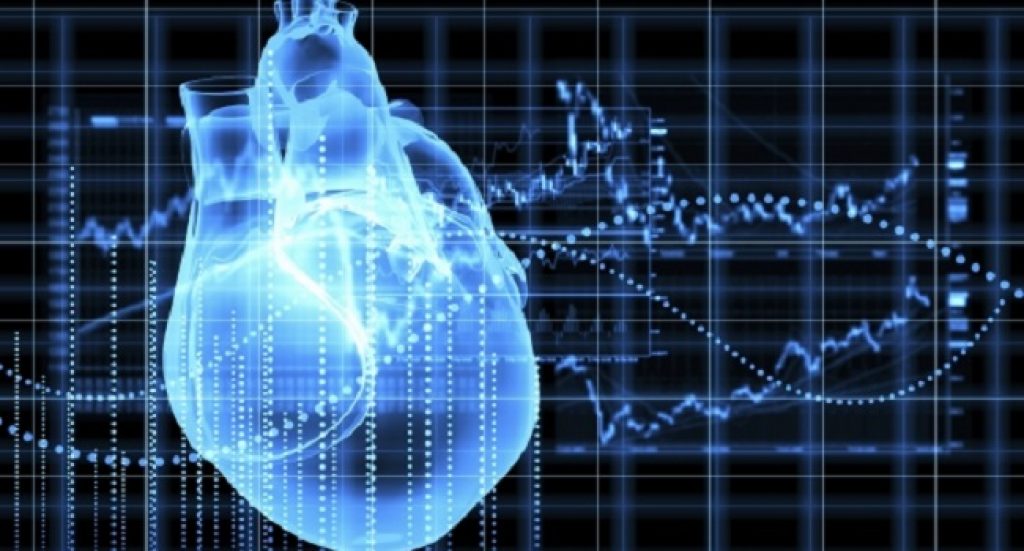
AsianScientist (Apr. 16, 2015) – Researchers have discovered a way to stimulate muscle regrowth in the heart of a mouse, opening up prospects of new treatments for diseases such as heart attack. The research, conducted at the Weizmann Institute of Science in collaboration with the Victor Chang Cardiac Research Institute, was published in Nature Cell Biology.
The animal study found it was possible to regenerate muscle cell numbers in the heart by up to 45 percent, by introducing a hyperactivated form of the neuregulin-1 (NRG1) co-receptor ERBB2.
The researchers found that constitutively active ERBB2 reactivated the ability of heart muscle cells to divide and that stimulating the NRG-1 pathway during a heart attack could help replace lost muscle.
According to study lead author, Richard Harvey, an associate professor at the University of New South Wales, this is an important step toward repairing a broken heart.
“Unlike blood, hair or skin cells, which can renew themselves throughout life, cell division in the heart virtually comes to a standstill shortly after birth, which means the heart can’t fully regenerate if it is damaged later in life,” Harvey said.
Harvey also notes that this discovery marks an advancement from earlier research:
“Previous studies have demonstrated that it is possible to coax heart muscle cells to proliferate again, but only at very trivial levels. What the research team has been able to do is boost heart muscle cell numbers by as much as 45 percent after a heart attack.”
“This achievement will focus the attention of the field on heart muscle cell replacement as a therapeutic option for ischemic heart disease,” Harvey said.
Unlike lower vertebrates such as lizards, mammals such as humans and mice are unable to regenerate heart tissue following injury. However, there is a short window of time during the first week after birth during which heart cells show the ability to divide. The research team hopes that their study, which deepens the understanding of the role of ERBB2 in heart muscle regeneration, will eventually lead to a way of re-activating the regenerative window in adults.
“The dream is that one day we will be able to regenerate damaged heart tissue, much like a salamander can regrow a new limb if it is bitten off by a predator,” Harvey said. “Just imagine if the heart could learn to regrow and heal itself. That would be the ultimate prize.”
The article can be found at: D’Uva et al. (2015) ERBB2 Triggers Mammalian Heart Regeneration By Promoting Cardiomyocyte Dedifferentiation And Proliferation.
———
Source: University of New South Wales.
Disclaimer: This article does not necessarily reflect the views of AsianScientist or its staff












